The History of Paella (and Why You Should to Learn to Master it at Home)
- Chef Ana & Olivia
- Mar 23, 2017
- 7 min read
Updated: Nov 12, 2024
Paella (Pie-eh-ah) - the vibrant, comforting, and colourful dish known world over is considered the ultimate reference to Spanish cuisine. It's become one of the world's most iconic dishes and is synonymous with Spanish culture, family and festivities. Let's dig into one of the world's most famous dishes.
In this article you'll find:

What Is Paella?
Paella is a renowned Spanish rice dish known for its rich flavors and colorful presentation. It originates from the Valencia region of Spain and has become one of the country's most iconic and loved dishes. Paella is characterized by its use of saffron-infused rice cooked in a wide, shallow, and round pan called a "paellera." A well made Paella is hard to find, and chances are, unless you've eaten Paella in Spain (and even then it's not guaranteed) the version you've eaten is likely a mediocre representation at best.
Paella is a protected dish, and in one part of Spain in particular there are strict guidelines set to preserve the authenticity. If you don't follow those guidelines, what you have, instead of Paella, is merely a rice and meat dish. Don't get us wrong, that rice and meat might be delicious - but you can't call it Paella.
Before we get into the ingredients, it's important to understand two things. First, Paella is fundamentally a rice dish. The quality of your Paella is judged on the rice. Second, when directly translated in Valencian dialect - Paella translates to pan. The pan is a critical element of Paella.
The Key Elements of Traditional Spanish Paella Include:
Specific ingredients that are hotly contested across the country, but here is what most would agree on as a whole.
1. Rice: DOP Bomba or Calasparra rice grown in Valencia
2. Saffron: Saffron threads contribute to both the color of Paella, but also the unique flavor.
3. Broth or stock: A flavorful broth or water is used to cook the rice.
4. Protein: The protein in Paella is controversial. First, there are a few versions of Paella in Spain with different regions favoring different ingredients. One thing is agreed to though - and that's that each type of Paella is extremely specific in what can be mixed together. You never mix meat and seafood in Paella. Ever. Like, really - Never. But with this said - some of the traditional proteins found in various versions of Paella include rabbit, chicken, shrimp, mussels, clams, snails, and squid. There is no chorizo. There is no fish.
5. Vegetables: Vegetables found in paella include sofrito (made with bell peppers, tomatoes, garlic (although this is contested), and onion (also contested). Other vegetables can include beans (wide green beans and white beans). If making a vegetarian paella you have more flexibility and can include artichokes or other vegetables. All this to say, this is also hotly contested across the country.
6. The Pan: The pan is a critical element in paella and should be listed as it's own ingredient, as without the pan, you can not make a paella.
What is the original Paella Valenciana?
Again, while are different agreed upon varieties of Paella found throughout Spain, there is only one original, pure and authentic Paella - the almighty Paella Valenciana. This is a highly protected dish and calling something Paella Valenciana that doesn't follow the requirements abuses a term that the Valencian government protects fiercely. In 2021 the Valencian government gave Paella Valenciana a protected status to protect “the survival of this cultural item and ensure it is passed on to future generations”.
In order to meet the standards of a true Paella Valenciana it can include 10 ingredients, and only these 10 ingredients: DOP rice, chicken, rabbit, Ferraura Beans (wide french green beans) Garronfon Beans (white beans), tomato, olive oil, saffron, salt and water.

Paella and the Importance of The Rice
Rice is paramount to Paella and requires the use of Bomba or Calasparra rice, a rice native to Spain and found in rice fields like this in the Albufera lagoon in Valencia. This rice, along with the growing regions, are protected by the Spanish government to maintain the highest integrity of the product and authenticity of their national dish. Paella made with rice other than Bomba or Calasparra rice isn't considered Paella by Spanish standards.
Bomba rice absorbs liquid very well, and it stays firm during the cooking process. When cooking Paella, it's absolutely critical to never stir the rice, and only a well made Paella will form a perfect socarrat, what's known as the chewy and savoury crust that forms at the bottom of the pan. This is the golden part of a Paella and happens during a critical part of the cooking process where things can go very wrong if you let them.
While Bomba rice is considered the original and authentic rice for Paella, experimental chefs in Spain have been playing with varieties of Spanish rice (mostly Bahia and Senia rice) which sadly are unavailable in North American grocery stores. Some chefs claim some of these newer varieties of rice cook more evenly.

Paella and the Importance of the Pan
The pan is a critical piece to perfecting Paella. Also known as “La paella,” the pan, though it looks similar to a skillet, has two handles on either side and is usually made out of polished steel. The pan can range in diameter (they come in sizes from mini to giant!) however the depth of the pan is consistently shallow to ensure the rice has maximum contact with the heat source for consistent cooking. This specific depth helps achieve the perfect socarrat. Another differentiating feature of La paella are the small dimples found inside on the bottom of the pan. These dimples not only assist in even cooking by trapping small amounts of liquid, they also contribute to the structural integrity of the pan as they prevent warping.
In order to achieve the specific thickness of rice (or perhaps we should say thinness of rice), you must use a Paella pan with a specific diameter made for the number of servings you plan on eating. The difference between 2 servings and 6 servings is a significantly different size pan. If you're having a party of 15 over for Paella, be prepared to make it on an open fire, or buy a specific burner large enough to fit it. Read more about how to select the correct pan size. >

The History of Paella in Spain and How It Became a Worldwide Sensation
The origins of Paella are well documented and deeply rooted in the agricultural traditions of the Valencia region. While paella has become synonymous with Valencia, its history can be traced back to Moorish influence in the 8th century when the Moors introduced rice to the region. The marshy landscape provided the ideal conditions for rice cultivation, making it a staple crop in the area.
Paella as we know today was born between the 14th and 15th centuries. Farmers and shepherds needed a dish easy to prepare with the ingredients of the countryside, and in this region of Spain, rice was the main staple. The farmers crafted this one-pan meal as a practical and communal way to feed their families and workers.
Over time, Valencian farmers began incorporating local ingredients into their rice dishes, including vegetables, beans, and meats. Rabbit and duck were commonly used, as well as the occasional snail. This early version of paella was cooked over an open flame using wood from orange trees (another Valencia staple) which lends a very special flavour.
As the dish spread to other parts of Spain, ingredients regionalized to what was available locally. At the end of 18th century Paella was a well known dish all around Spain along with other European countries. In the 1800's you were able to order “Arroz a la valenciana” at restaurants in Belgium and in 1896 Eugène Lix from France, one of the earliest videographers in the world, filmed instructions on how to cook a Valencia Paella!
The mid-20th century marked a pivotal moment in paella's history as it gained international recognition. During the 1950s and 1960s, Spain experienced a surge in tourism, and paella became a symbol of Spanish cuisine for travelers. Restaurants catering to tourists began offering paella, but often with modifications to suit foreign palates. A choice for people near the sea is Seafood Paella made with vegetables, rice, cuttlefish, calamari, langoustines, clams and mussels. Mixed Paella is uses a mix of Seafood and Meat (most Spaniards have very strong feelings towards about this), and then there's Vegetarian Paella that often includes Cauliflower and Eggplant. These adaptations sometimes included the use of ingredients like chorizo, which were not traditionally found in paella and make locals cringe. While these versions may have strayed from tradition, they contributed to the spread of paella's popularity worldwide.

The Importance of Paella in Spanish Culture
The family is the epicenter of Spanish life, and the family revolves around food. Paella is a symbol of belonging to a family and the dish carries the important Spanish value of family in the day to day life. Families meet around a table to eat this tasty dish, and as such, families make their own Paella using ingredients that are easy to source.



People across the world now make Paella, although the traditions are rarely as deeply woven into the fibre of a family as those of Spanish roots. One of our favourite displays of modern variations of Paella are from David Montero, a Spanish chef native to the region of Valenica who values the traditions and culture of the dish while incorporating his creativity and innovation. Although David is a Spanish only speaker you can follow him on Instagram at @ricepaella, where you can admire the beautiful photos of his creations. When we sat down with him to learn more about his love for Paella, it was quite simple, "One thing I love about my Spanish culture is it's very social. Food is social for us. In Valencia, every family has a tradition of making Paella on Sunday. It's very special."
Authentic Paella Cooking Class
Video call a chef, live in Spain into your home for a private 1:1 cooking class. It's a fabulous way to spend the day in with the help of a chef joining you live from his kitchen Together you'll make traditional Paella, and you'll learn the tips and tricks to mastering this worldwide icon at home. At the end of your class you'll have been taught the secrets from a Spanish native and have an epic dinner to enjoy at home with your friends.
More Spanish Cooking to Explore >>
ABOUT THE CHEF & THE DISH
The Chef & The Dish has chefs around the world that you video conference into your kitchen for a private 1:1 virtual cooking class. Learn how to make pasta with a chef video calling you live from Italy, Pad Thai with a chef virtually in your kitchen live from Thailand. Together you cook, share stories, laugh and make a multi course meal together. Rated 'Best Date Night,' 'Best Gifts,' and "Best Cooking Classes" by WSJ, Forbes, Vanity Fair, Martha Stewart, Rolling Stone and tens more. Transport your kitchen for the day.™

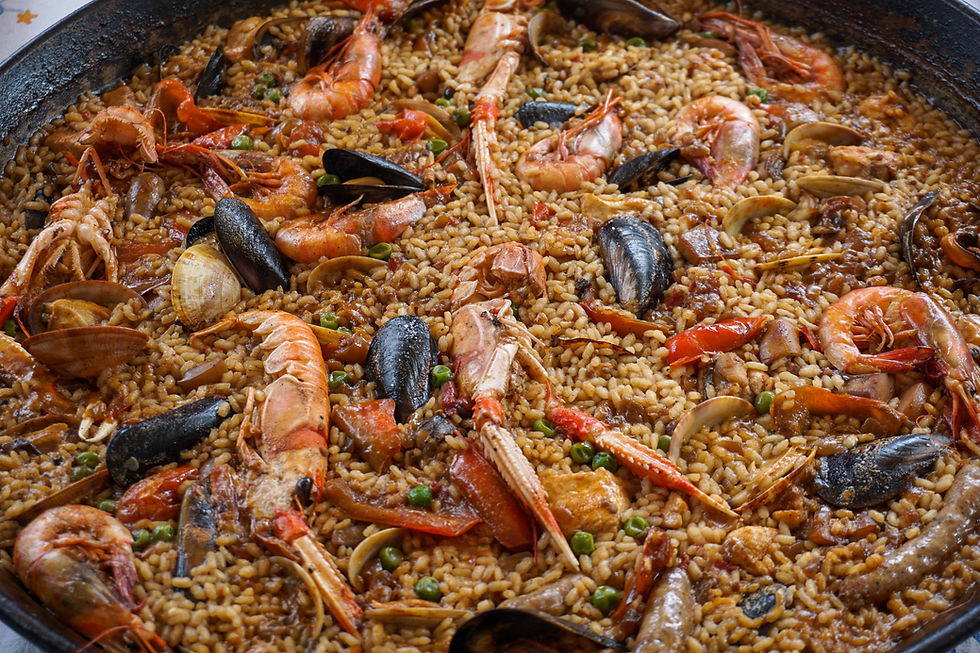








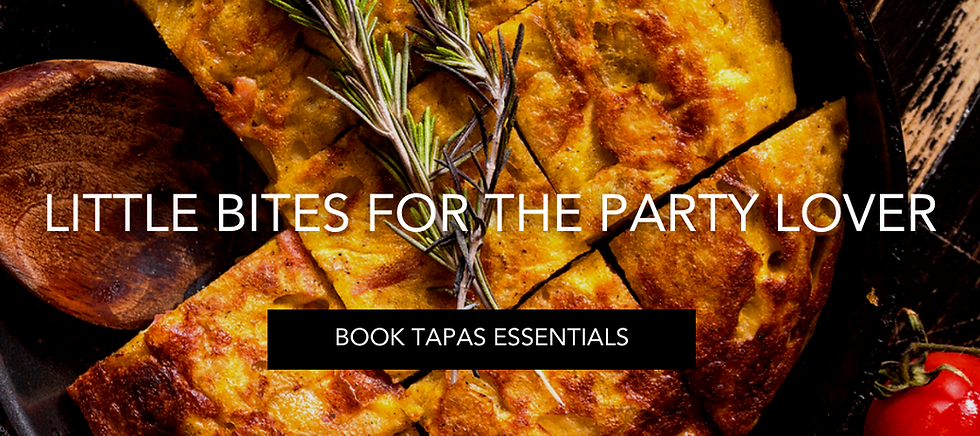
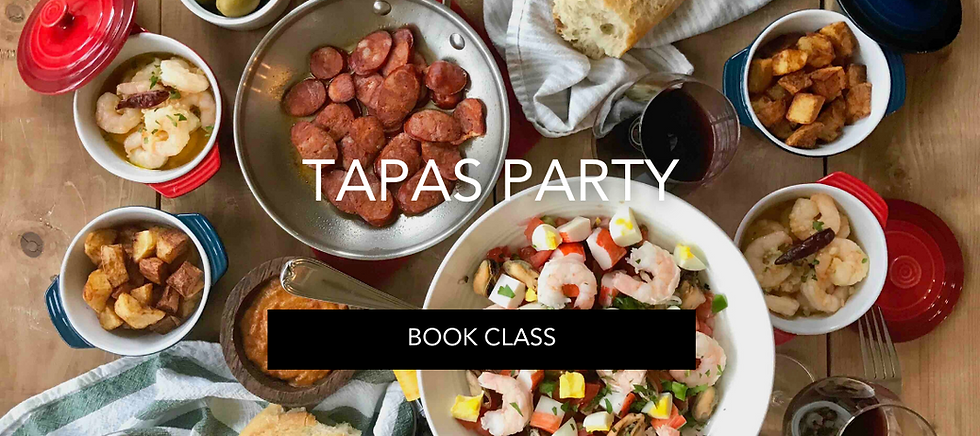
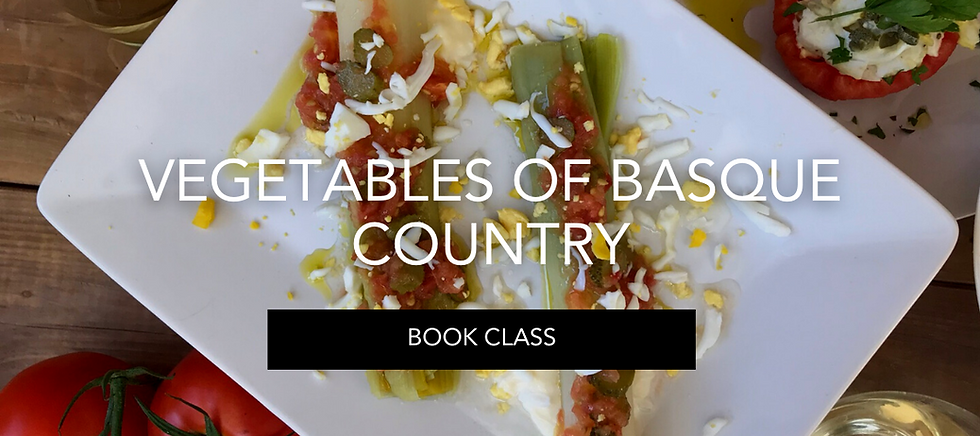
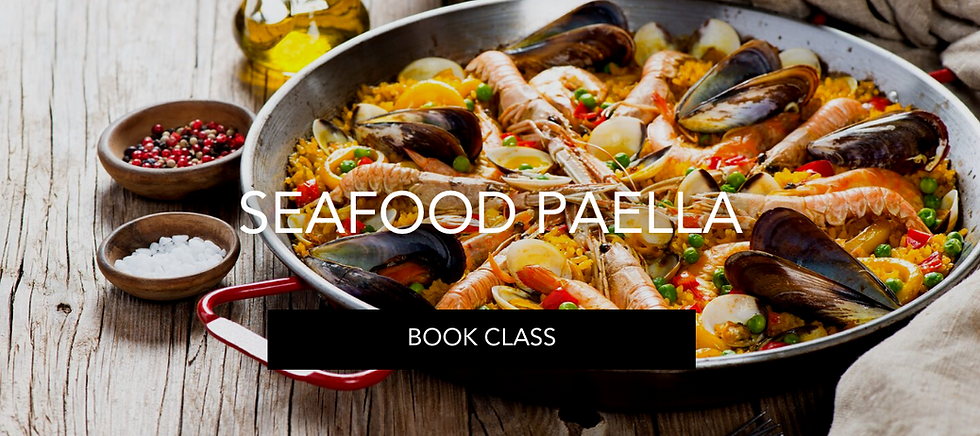











Comments